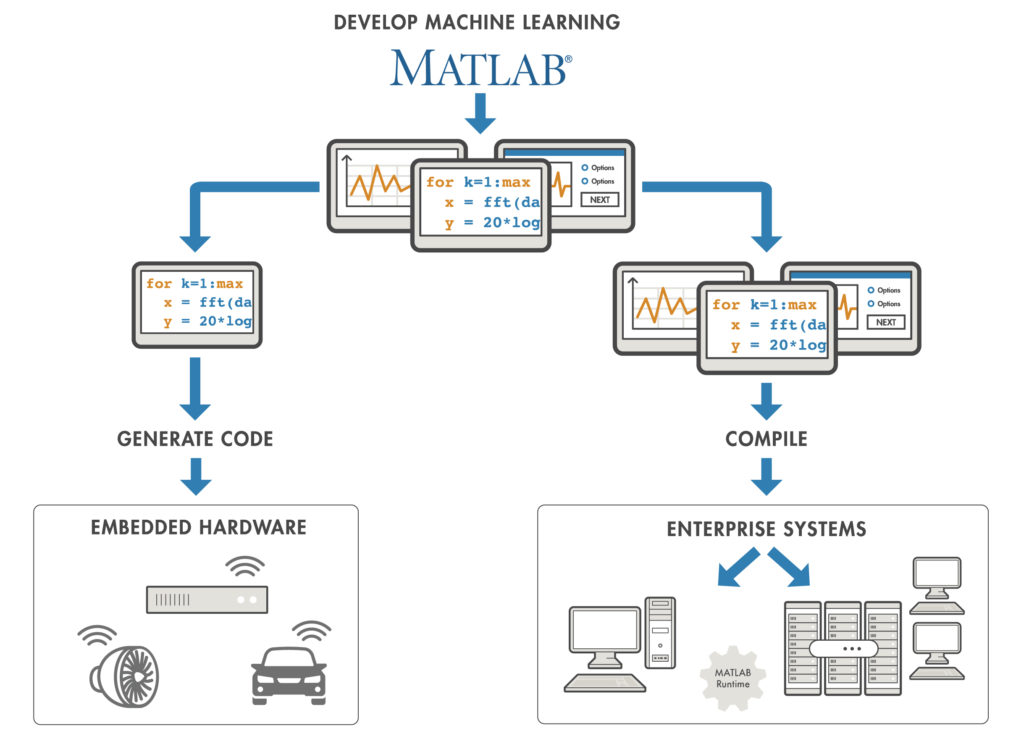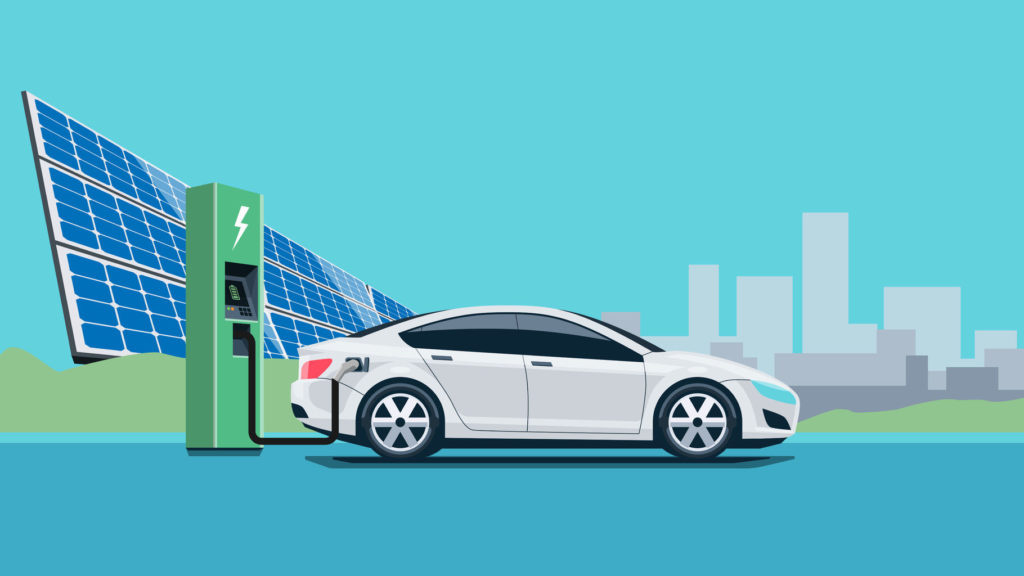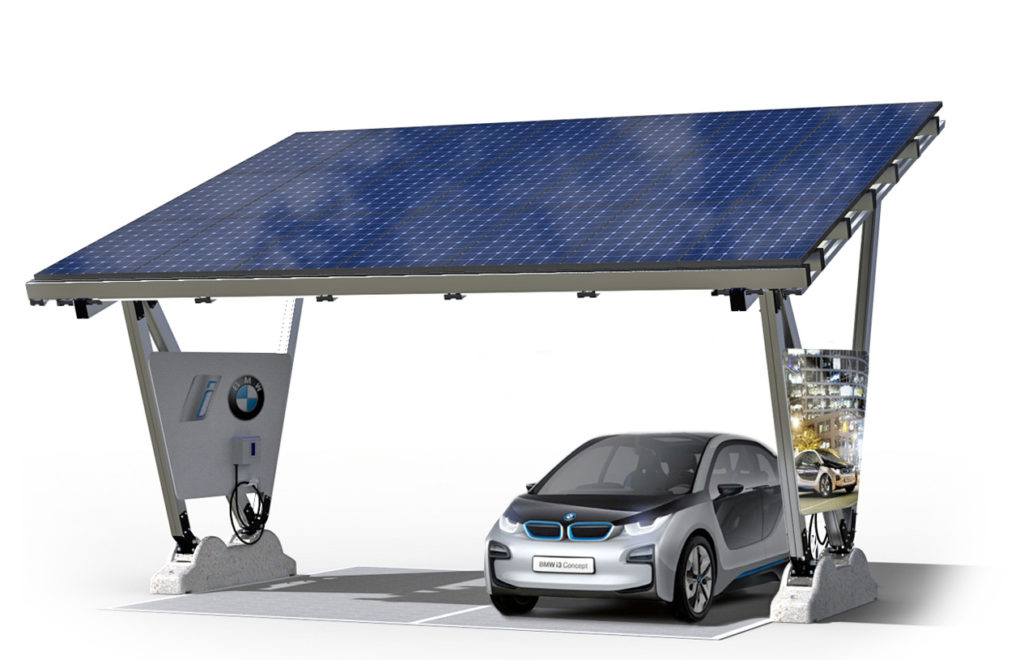All the CEOs and top executives of world-famous companies like Facebook, Nissan, Boeing, Amazon, and Microsoft come from engineering backgrounds. This portrays that engineers have something special that makes them great leaders. Check-out these five steps that an engineer into a successful leader.
- Flaunt your Success: Getting positive feedback is a sign of success, which needs to be communicated to seniors so they can remember your efforts in the transform’s success.
- Share your goals and aspirations: Share your future expectations with your seniors so that they can help.
- Having 100% confidence: Dive in confidently into the attitude of a leader even before the role is attained; it will exhibit your leadership skills in front of everyone.
- Make Connections: Have a healthy relationship with colleagues; it promotes friendship and helps in career growth.
- Always be ready to take risks: Always experiment and take up new challenges; it will help you be a good leader.









